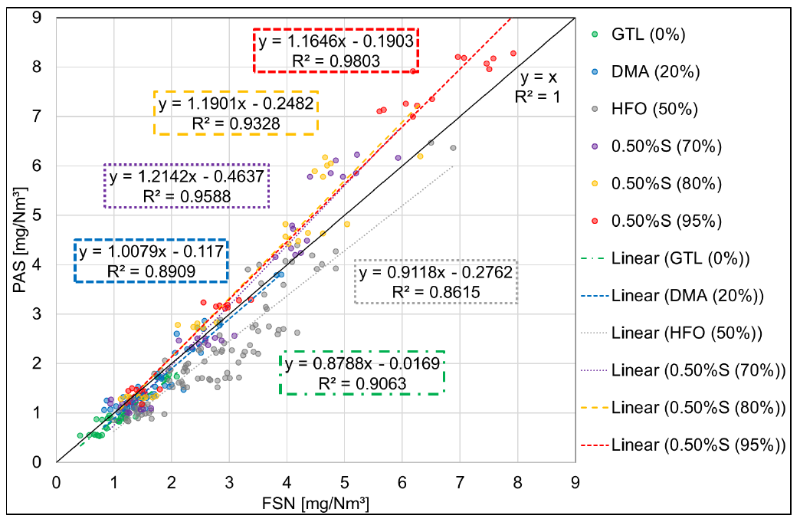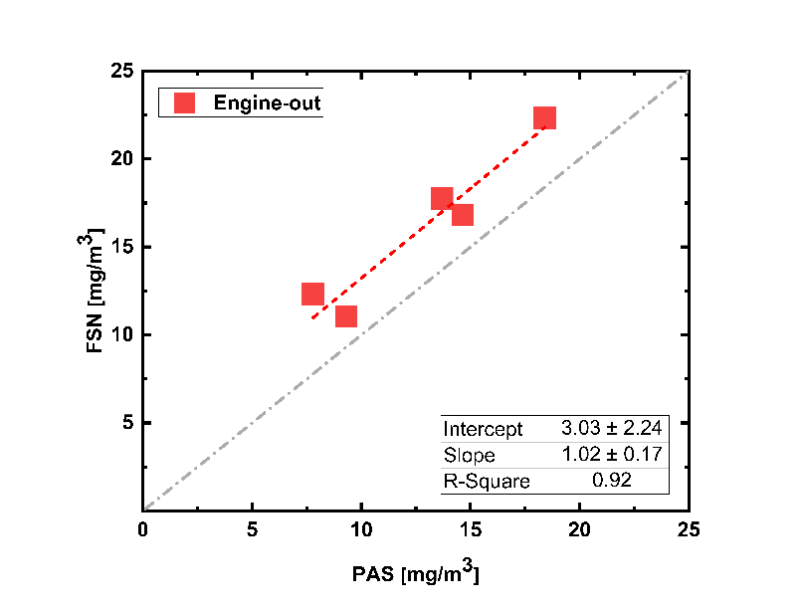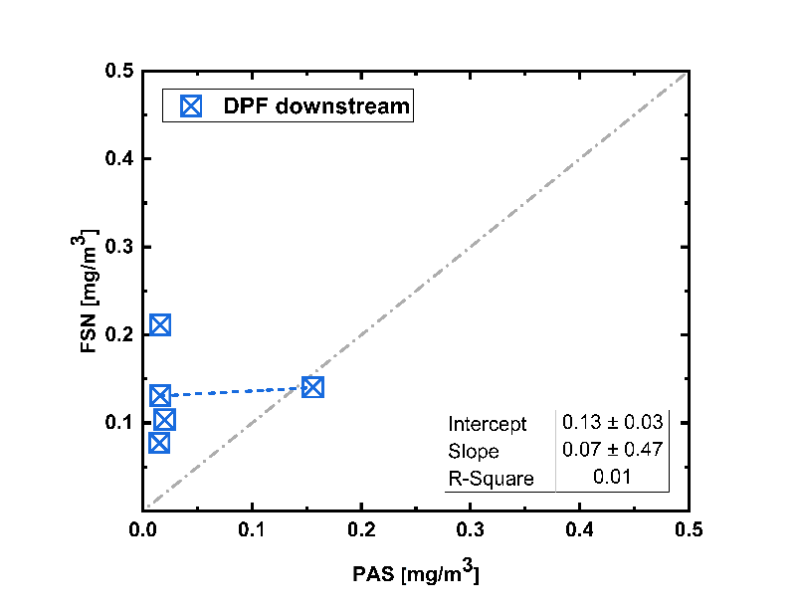 KR Webzine Vol.162
KR Webzine Vol.162
- Dec. 2021
- Nov. 2021
- Oct. 2021
- Sep. 2021
- Aug. 2021
- Jul. 2021
- Jun. 2021
- May. 2021
- Apr. 2021
- Mar. 2021
- Feb. 2021
- Jan. 2021
- Dec. 2020
- Nov. 2020
- Oct. 2020
- Sep. 2020
- Aug. 2020
- Jul. 2020
- Jun. 2020
- May. 2020
- Apr. 2020
- Mar. 2020
- Feb. 2020
- Jan. 2020
- Dec. 2019
- Nov. 2019
- Oct. 2019
- Sep. 2019
- Aug. 2019
- Jul. 2019
- Jun. 2019
- May. 2019
- Apr. 2019
- Mar. 2019
- Feb. 2019
- Jan. 2019
- Dec. 2018
- Nov. 2018
- Oct. 2018
- Sep. 2018
- Aug. 2018
- Jul. 2018
- Jun. 2018
- May. 2018
- Apr. 2018
- Mar. 2018
- Feb. 2018
- Jan. 2018
- Dec. 2017
- Nov. 2017
- Oct. 2017
- Sep. 2017
- Aug. 2017
- Jul. 2017
- Jun. 2017
- May. 2017
- Apr. 2017
- Mar. 2017
- Feb. 2017
- Jan. 2017
- Dec. 2016
- Nov. 2016
- Oct. 2016
- Sep. 2016
- Aug. 2016
- Jul. 2016
- Jun. 2016
- May. 2016
- Apr. 2016
- Mar. 2016
- Feb. 2016
- Jan. 2016
- Dec. 2015
- Nov. 2015
- Oct. 2015
- Sep. 2015
- Aug. 2015
- Jul. 2015
- Jun. 2015
- May. 2015
- Apr. 2015
- Mar. 2015
- Feb. 2015
- Jan. 2015
- Dec. 2014
- Nov. 2014
- Oct. 2014
- Sep. 2014
- Aug. 2014
- Jul. 2014
- Jun. 2014
- May. 2014
- Apr. 2014
- Mar. 2014
- Feb. 2014
- Jan. 2014
- Dec. 2013
- Nov. 2013
- Oct. 2013
- Sep. 2013
- Aug. 2013
- Jul. 2013
- Jun. 2013
- May. 2013
- Apr. 2013
- Mar. 2013
- Jan. 2013
- Dec. 2012
- Nov. 2012
- Oct. 2012
- Sep. 2012
- Aug. 2012
- Jul. 2012
- Jun. 2012
- May. 2012
- Apr. 2012
- Mar. 2012
- Feb. 2012
- Jan. 2012
- Dec. 2011
- Nov. 2011
- Oct. 2011
- Sep. 2011
- Aug. 2011
- Jul. 2011
- Jun. 2011
- May. 2011
- Apr. 2011
- Mar. 2011
- Feb. 2011
- Jan. 2011
- Dec. 2010
- Nov. 2010
- Oct. 2010
- Sep. 2010
- Aug. 2010
- Jul. 2010
- Jun. 2010
- May. 2010
- Apr. 2010
- Mar. 2010
- Feb. 2010
- Jan. 2010
- Dec. 2009
- Nov. 2009
- Oct. 2009
- Sep. 2009
- Aug. 2009
- Jul. 2009
- Jun. 2009
- May. 2009
- Apr. 2009
- Mar. 2009
- Feb. 2009
- Jan. 2009
- Dec. 2008
- Nov. 2008
- Oct. 2008
- Sep. 2008
- Aug. 2008
- Jul. 2008
- Jun. 2008
- May. 2008
- Apr. 2008
- Mar. 2008
- Feb. 2008
08
August 2021
- HIGHLIGHTS
- R&D ISSUES
-
TECHNICAL INFORMATION
- III 7 - News Flash
- MEPC 76 – News Final
- Notice for Amendments to the KR Technical Rules (Guidance for the Classification of Steel Ships Pt 5/Guidance for Ships designed to Prevent the spread of Infectious Disease)
- Establishment of the "Interim Guidelines for Smart Ship Infrastructure“
- Establishment of the "Guidelines for Floating Offshore Wind Turbine Platform"
- NOTICE BOARD
1. Background
The IMO (International Maritime Organization) is tightening regulations for emissions of air pollutants such as nitrogen oxides, sulfur oxides and carbon dioxide. Similarly, the introduction of regulations to control black carbon emissions, which has similar properties to soot, is being discussed in the PPR (Pollution Prevention and Response), MEPC sub-committee. As a result, increasing research and development is being undertaken looking at black carbon abatement technologies. There is very little installation space for after-treatment systems, and so development is focused on abatement systems that can reduce various air pollutants and black carbon simultaneously.
Clear criteria are needed to quantitatively evaluate the performance of the after-treatment systems, specifically the measurement methods, measurement equipment requirements, and test procedures.
For example, in the case of nitrogen oxides, criteria are specified in the NOx Technical Code, and the criteria for sulfur oxides abatement devices (Exhaust Gas Cleaning System) were established in Res.MEPC.259(68). However, since there are no technical standards in place for black carbon abatement technologies, separate criteria are needed to ensure the reliability of the performance evaluation results. As a result, KR has conducted a study to develop performance evaluation procedures for black carbon abatement technologies including measurement methods, measurement equipment requirements, and test procedures.
The criteria for quantitatively determining the emissions of nitrogen oxides, such as measurement methods and the calculation of emissions has been specified in the NOx Technical Code. Appropriate measurement methods for quantitative evaluation of black carbon emissions are required and relevant research and discussions are being conducted by the PPR sub-committee.
Therefore, because the measurement methods for black carbon have not yet been determined, a study into the requirements for performance test methods and black carbon abatement systems procedures was conducted using the Filter Smoke Number (FSN) method and Photo-Acoustic Spectroscopy (PAS) method, and both were presented as potential black carbon measurement methods at the 5th session of the PPR.
2. Experimental setup
The FSN and PAS methods measure the mass concentration (unit : mg/m3) of particles using the same property by which particles absorb light, and in the case of the FSN method, an international standard for requirements of measurement equipment (ISO 10054) has been established. However, neither method has international standards for testing, covering the test conditions or measurement procedures. Therefore, KR has established test procedures for black carbon measurement using a performance test of the after-treatment system (DPF), developed as a part of a national R&D project.
The tests used 550 kW(@ 1,800 rpm) marine diesel engine and dynamometer for a control engine load and revolution, as well as a DPF system with DOC (Diesel Oxidation Catalyst) to reduce the air pollutants from the internal combustion generator engine. A D2 cycle for constant speed auxiliary engine was used as a test cycle, and the emission characteristics of black carbon from up/downstream of the DPF for each engine load were compared using the FSN and PAS methods, and the items that needs to be applied to the test procedure were identified.
3. Experimental results and analysis
To establish a reliable test procedure, data was gathered through repeated tests, and the results were analyzed. The FSN method is not a real-time measurement method and provides one average data set through five repeated measurements over a constant interval (ex. 6 seconds sample loading and measurement) set on the internal control system of the instrument. Over the course of repeated measurements, it was found that data with large deviations from the average lead to a degradation of reliability. To compensate for this degradation, procedures were established to obtain valid data by increasing the number of repetitive measurements to obtain 1 average data measurement. The PAS method is a real-time measurement method, which requires the sample to be diluted with air for measurement, so it is important to set a proper dilution ratio. Furthermore, even after stabilization for each engine operating condition, it was found that sufficient stabilization time at the time of measurement and analysis of the average of measured data over a period is required. As a result, procedures for the measurement principles and operational methods of each method of measurement were devised and applied to minimize errors.
However, even when the procedures to minimize error were applied, a comparison of the measurements of FSN and PAS methods to assess the concentration of black carbon emissions from up/downstream of DPF, measured in the same units, showed slight differences, as shown in Figure 1. Comparing the BC concentrations of DPF upstream, the slope and correlation coefficient(R2) were close to 1, thus the measurements for the two pieces of equipment showed linearly similar correlation, while the concentration found using the FSN method tended to be slightly higher than the PAS method. On the other hand, Comparing the BC concentrations of DPF downstream, the results showed no linear correlation between the two equipment. These differences in concentrations and correlation can be caused by various factors, such as differences in measurement principle, the composition of samples, dilution of samples, and difference in the measurement range. In particular, at DPF downstream, there is a poor linear correlation between the two methods because the BC concentration of FSN was near to the lower limit.
|
|
|
Figure 1. Comparison of correlation for FSN/PAS on DPF up/downstream
4. Conclusions
This study showed that although procedures were applied to minimize errors in data for each measurement method of black carbon, there was a difference in the measurements and correlation between the measurement methods. In addition, a study submitted to the 8th session of the PPR showed that even if the same engine is used, there are differences not only in the emission characteristics of black carbon but also in the correlation between measurement methods, depending on the kind of fuel.
Therefore, extensive research is needed into the effect of various factors on black carbon measurement, such as the application of engines, fuels, and simultaneous reduction after-treatment systems before the introduction of new regulations relating to black carbon. In addition, considering the adoption of various alternative fuels for marine engines as a result of the industry’s move towards decarbonization, the effect of using these alternative fuels must also be considered in order to identify the most appropriate method for the measurement of black carbon, and to establish measurement protocol for the quantitative evaluation of black carbon emissions. In line with the IMO's efforts to introduce black carbon regulations, KR will continue to study quantitative evaluation procedures for black carbon emissions from engines with after-treatment systems and engines using different alternative fuels for decarbonization (LNG, LPG, ammonia, etc.).
5. Acknowledgement
This study was conducted with the support of national R&D (1525011000, 1425148856).





